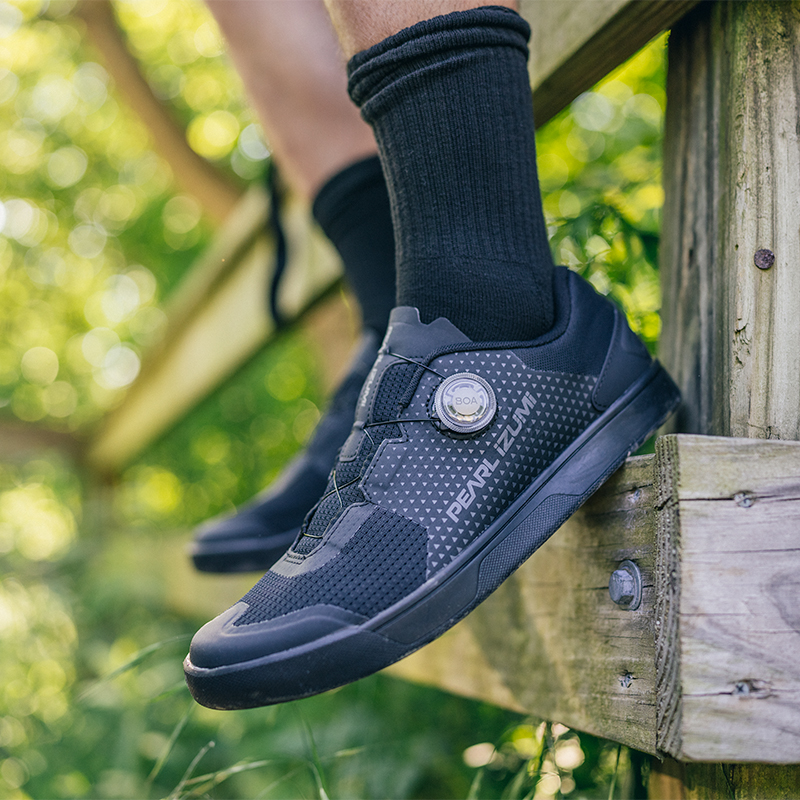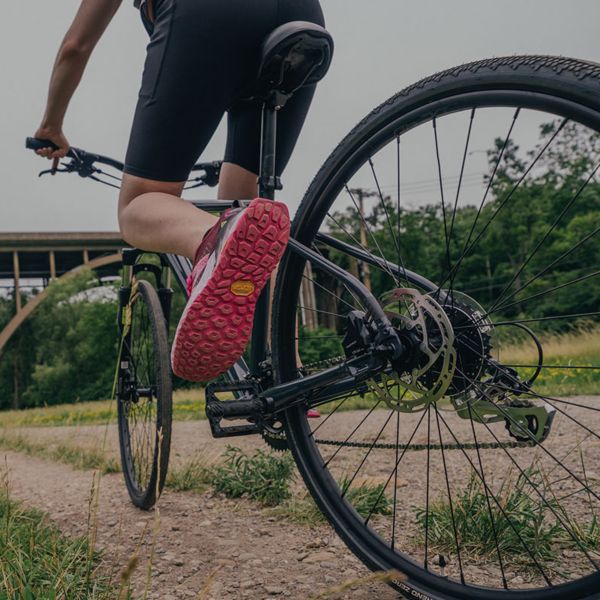Helmets don’t just pop out of a mold and end up on a store shelf. Every model goes through several stages of design, review, and, most importantly, rigorous testing. The Consumer Product Safety Commission must give a helmet its stamp of approval, meaning it’s been shown in a lab that it will do an adequate job of preventing serious injury. But many helmet brands want to go above and beyond, employing unique technologies that promise even higher levels of protection. The most well-established of those technologies is called Mips, which stands for Multi-directional Impact Protection System, and has a stamp of approval all its own. You may have seen the little yellow Mips logo dot on some helmet boxes, next to the online description of a helmet or likely above its left ear. That dot means the helmet, regardless of brand (be it a Giro, Smith, or Nutcase), is equipped with a third-party technology designed to protect your brain from nonlinear or “oblique” impacts. Here’s everything you need to know and consider before leveling up to Mips protection, whether it’s in a helmet for cycling, skiing and snowboarding, or climbing.
What is an oblique impact and why is it important?
Think of the spin that’s put on a tennis ball when it’s hit at an angle as opposed to straight on. In most accidents, the head is actually more likely to suffer an oblique impact than a purely linear one because we are usually traveling at speed, and any part of us that hits the ground will hit it at an angle. And as we’re learning more about the structure of the brain, there’s evidence that oblique impacts are also more dangerous because of the type of strain it puts on the tissues. Much of that learning is happening at Sweden’s Royal Institute of Technology, where a few researchers founded Mips back in 2010.
How does Mips protect against oblique impacts?
What Mips came up with would seem like it’s pretty simple: Every Mips system involves some sort of low-friction layer between the helmet’s inner pads and the helmet itself. That layer allows the helmet to easily “shear” or slide across your scalp during an impact’s earliest fractions of a second. Much of the energy absorbed in the process would otherwise have been absorbed by the tissue in your brain.
Helmet designers often use the term “deceleration” when talking about injury prevention. Your helmet is meant to stretch the time it takes for your head to come to a stop, instead of allowing it all to happen in an instant. That’s why helmet foam “crumples” in an impact, a lot like the front of a modern car. The low-friction layer of a Mips helmet does the same thing, but arching around the surface of your head instead of in a straight line into it. The two concepts work together to ensure as soft a landing as possible.



























